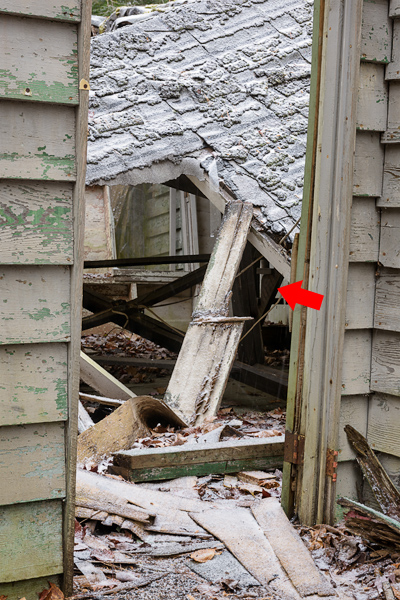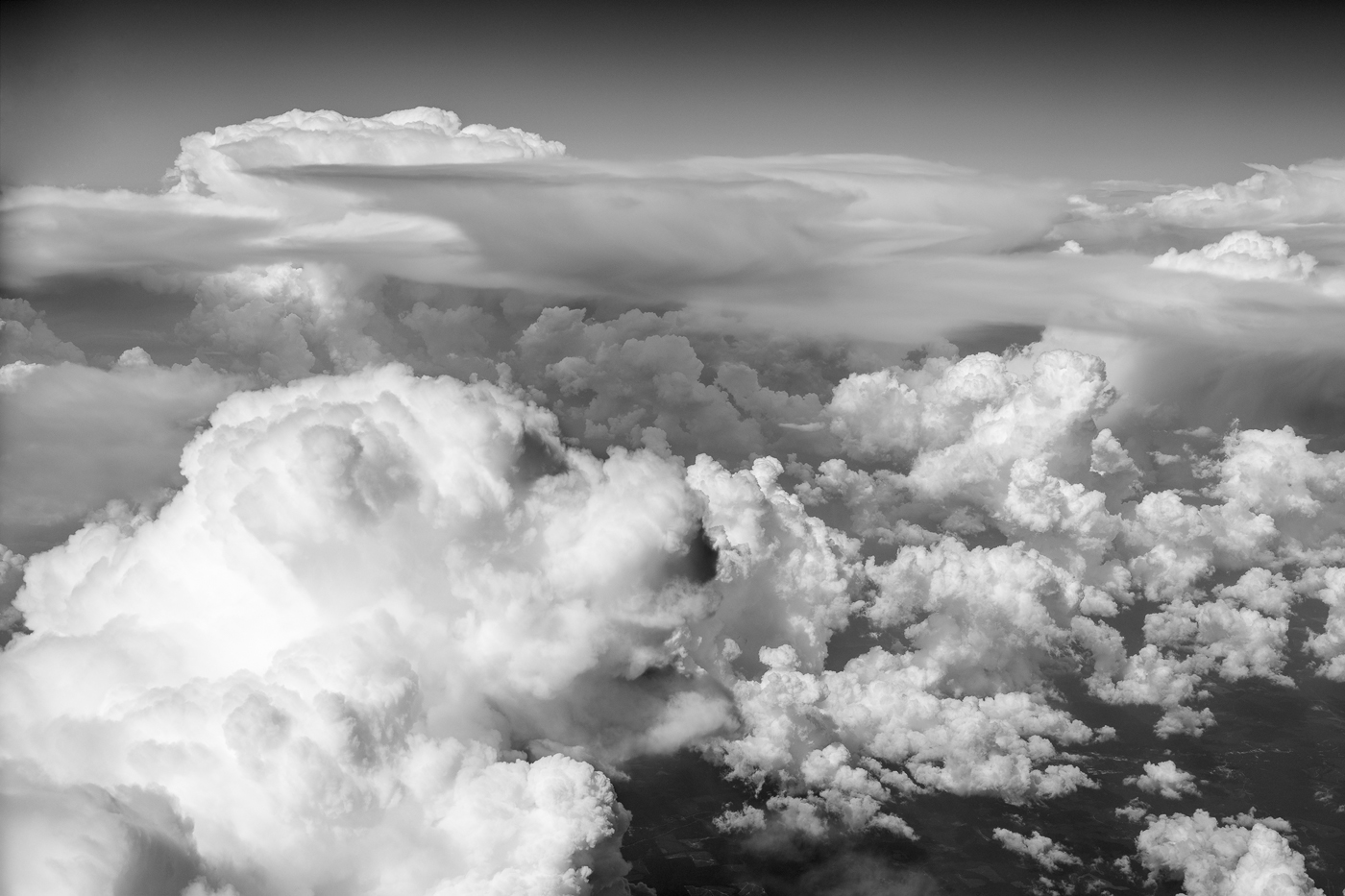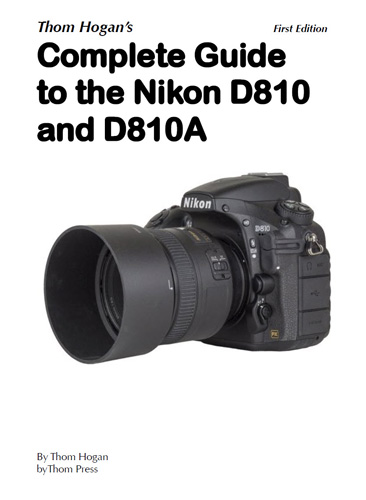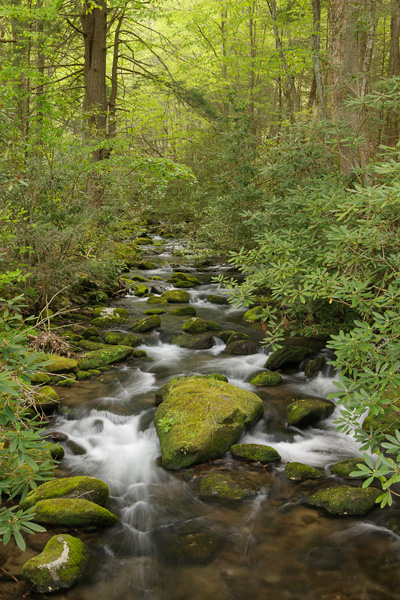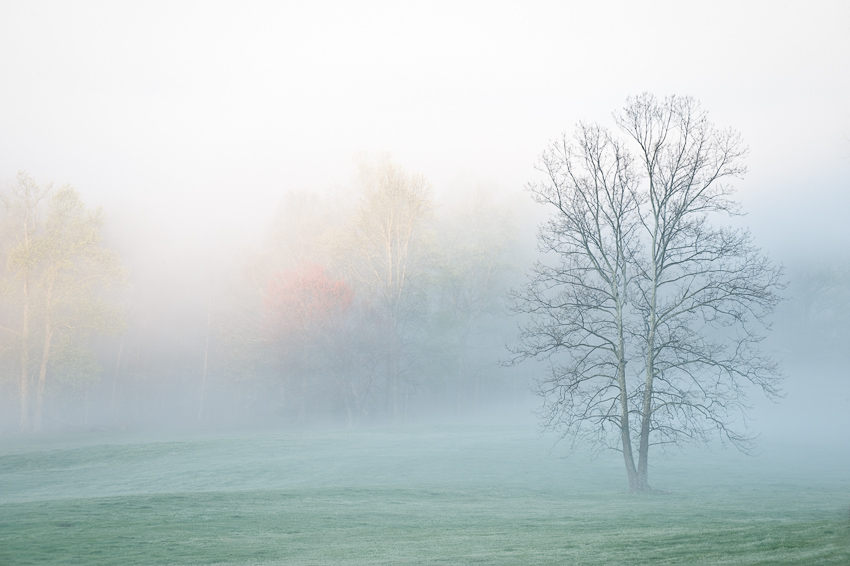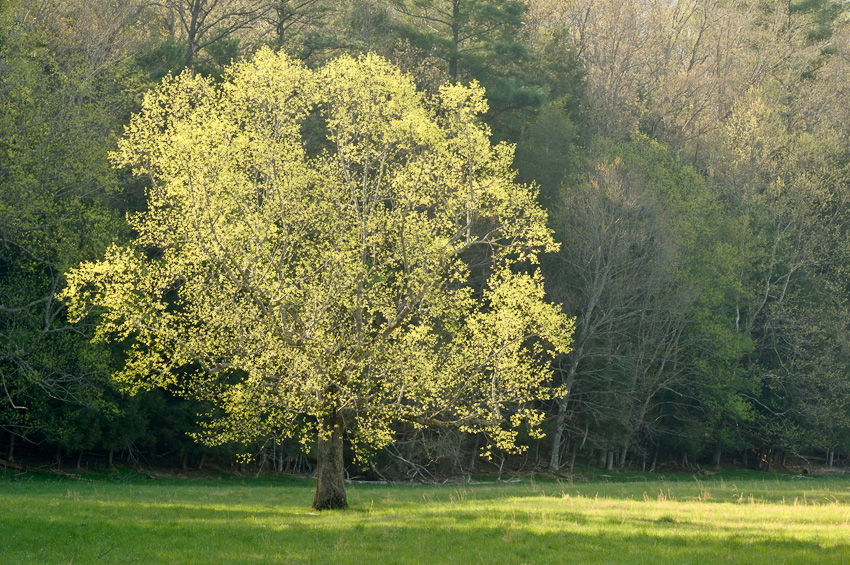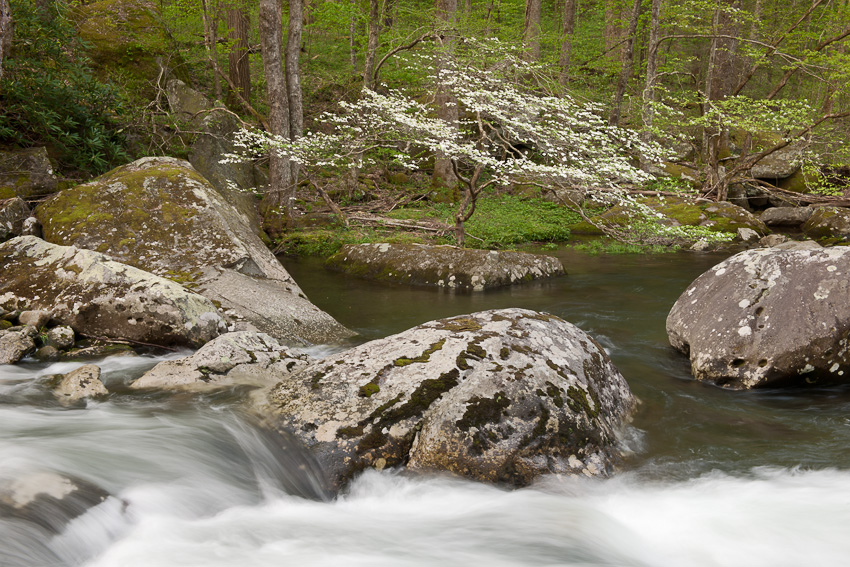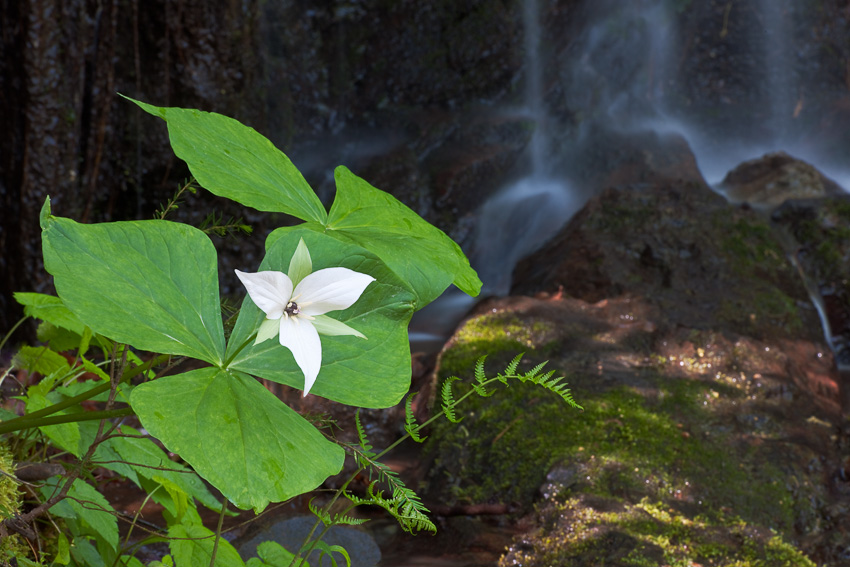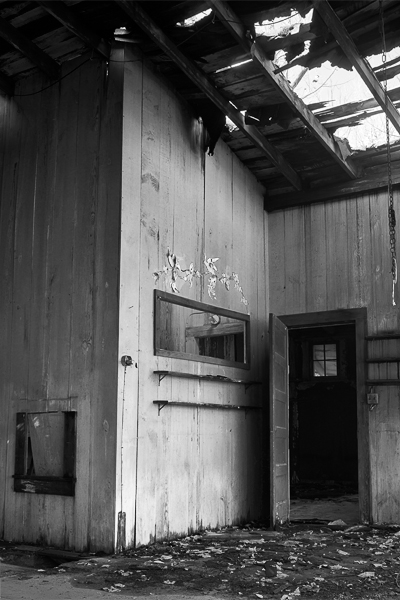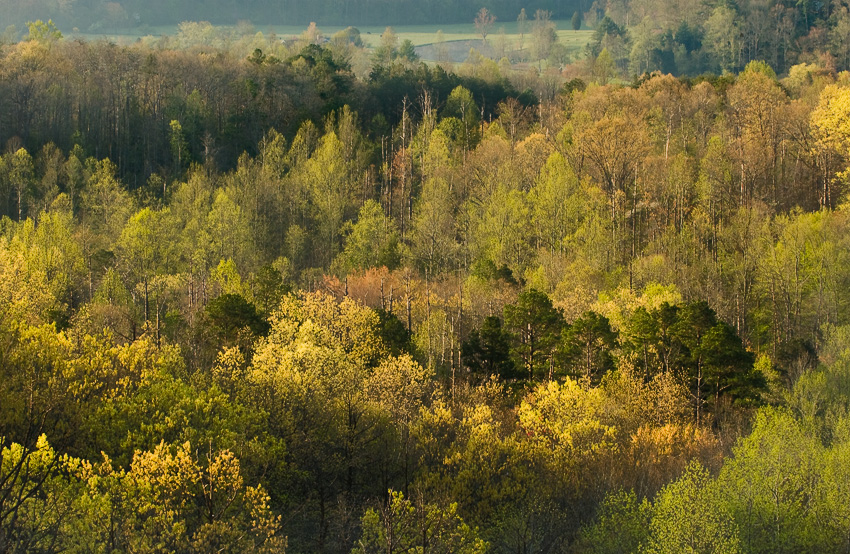ZEISS makes four ultra-wide Milvus lenses: 2.8/15 mm, 2.8/18 mm, 2.8/21 mm, and 1.4/25 mm. Can there be an appreciable difference with only a three or four millimeter focal length change between lenses? After all, if you have a 100-400 mm zoom lens, you probably couldn’t even notice the difference between 344 and 348 mm focal lengths. But you’ll see that just a couple millimeters makes quite a difference with very wide angle lenses.
I made this series of photographs on a sunny day with very contrasty light to show how the four lenses handle very difficult lighting conditions. Polarizing filters somewhat tempered the extreme contrasts. I used Heliopan High-Transmission polarizers for the 18, 21, and 25 mm lenses, and a ZEISS polarizer for the 15 mm lens. Before I made these JPEGs from the raw images, I reduced highlights by 30 in Adobe Camera Raw (ACR) to make sure the clouds wouldn’t blow out when converted. Otherwise, these raw images were straight from the camera. All were made at f/8 on a full-frame Nikon D850 DSLR.
Note how much more of the trees you can see at both edges of the frame with the wider lenses. Also, notice how City Hall seems to shrink and recede as the lenses get wider.

Roswell, GA, City Hall (ZEISS Milvus 1.4/25 mm lens on Nikon D850.)

Roswell, GA, City Hall (ZEISS Milvus 2.8/21 mm lens on Nikon D850.)

Roswell, GA, City Hall (ZEISS Milvus 2.8/18 mm lens on Nikon D850.)

Roswell, GA, City Hall (ZEISS Milvus 2.8/15 mm lens on Nikon D850.)
2.8/15 110°/100°/76°
2.8/18 100°/89°/67°
2.8/21 90°/81°/59°
1.4/25 81°/71°/50°
Comparing the chart to the photographs shows that for extreme wide angle lenses, the field of view changes noticeably for every 10° diagonal angle of view. So how do you decide which lens(es) to get?
All four lenses are spectacularly sharp, and all exhibit the famous ZEISS micro-contrast and consistent color. They also all show little distortion with the appropriate Lens Correction selection in ACR. (Note: most recent DSLRs have in-camera lens corrections for JPEGs. Raw image lens corrections are handled in raw conversion software, such as ACR and Lightroom.)
As you can see, the wider the lens, the larger the foreground and the smaller the subject become. (Of course this is true regardless of the brand of the lenses.) Look at how much more of the trees at either edge of the image are visible with wider focal lengths. But even though there are significant differences in the images, unless you do a lot of very wide angle shooting (think architecture and interiors), it is unlikely you’ll need all four of these lenses.
If you primarily shoot landscapes, including Milky Way photos at night, you might find the 15 and 21 mm lenses the best combination. For large scale and intimate landscapes, the 18 and 25 mm lens pair might be most useful. If you’re just venturing into wide-angle shooting, the 25 mm lens will likely be the most versatile. It’s also one of the sharpest and most desirable lenses ever made. It’s one you’ll keep for a lifetime.
As always, it is best to try these out for yourselves. I highly recommend renting them individually or in groups before purchasing any of them.
©2018 Tom Vadnais Photography. All Rights Reserved.





